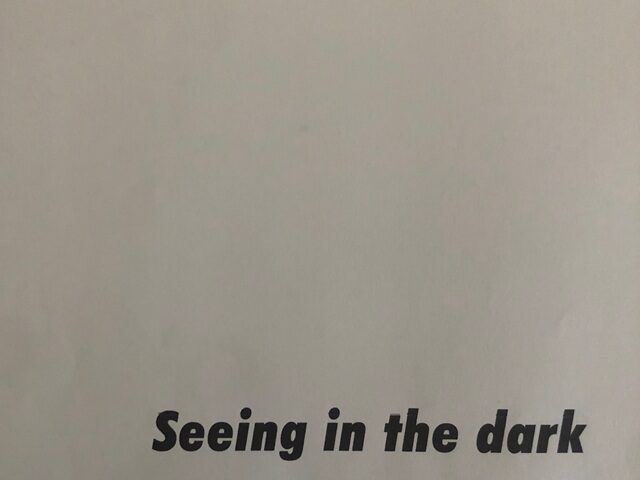Feeling disappointed by the engagement during your online performances? You’re not alone. The harsh reality is that many artists are struggling to create meaningful connections in digital venues. There’s a persistent myth in the music community that simply showing up on camera with your instrument is enough to captivate an online audience. Higher view counts translate to better engagement, correct? Absolutely not. Impressive viewer numbers tell you nothing about attention spans, emotional investment, meaningful interactions, or post-show actions—the metrics that genuinely reflect audience connection.

This article will uncover the uncomfortable truths about audience engagement during digital performances and provide practical strategies to transform passive viewers into active participants. The digital realm offers unique opportunities for fan interaction that simply aren’t possible in traditional venues, yet most artists are barely scratching the surface of what’s possible in an interactive concert environment.
Why passive streaming approaches fail
Let’s confront this directly: simply performing your songs to a camera creates a fundamentally different psychological experience than a physical concert. Without deliberate engagement strategies, digital performances often become background entertainment rather than immersive experiences. The barrier between artist and audience feels insurmountable when not actively addressed.

How successful engagement actually works
At its foundation, effective digital performance engagement operates on a principle of intentional connection points. While traditional venues naturally create a shared emotional experience through physical presence, online environments must deliberately engineer these connection moments. Successful artists integrate three critical engagement elements:
- Structured interaction design. Carefully planned moments that invite specific audience actions throughout the performance
- Multi-sensory connection. Engagement strategies that extend beyond audio/visual to create more immersive experiences
- Response recognition. Visible acknowledgment of audience participation that validates their contribution
Additional factors influencing engagement include performance pacing, technical accessibility, community-building structures, and pre/post-show interaction frameworks. Artists who understand the psychological principles of digital attention consistently generate deeper connections than those relying solely on musical performance.
Many more sophisticated engagement techniques exist beyond what we can cover here, but we’ll explore those in an upcoming article on advanced digital performance psychology.

Why Traditional Performance Approaches Undermine Digital Engagement
You might wonder, “why can’t I just play my music like I would at a regular venue?” Allow me to illustrate with an experience from my acoustic project Midnight Hollow. We create intimate folk performances with narrative elements and typically excel at creating emotional connections in small venues. During our initial streaming attempts, we performed our standard set with minimal modifications for the digital environment. Key questions we failed to consider included:
- How does screen-based attention differ from in-person attention?
- What engagement touchpoints should be incorporated throughout the performance?
- How can we create a sense of collective experience among dispersed viewers?
By neglecting these considerations and maintaining our traditional performance approach, we created an experience that felt strangely disconnected despite solid musical execution. Yes, we attracted several hundred viewers. But post-performance metrics revealed minimal emotional impact—few shares, limited comments, and virtually no user-generated content about the experience.
In other words: you sacrifice meaningful connection by failing to adapt to the psychological realities of digital environments. Sure, you might reach more people with an online performance, but if they’re merely passive observers rather than active participants, the long-term impact on your career will be negligible.
Beyond the immediate engagement failure, traditional approaches waste the unique interactive potential of digital platforms. It’s a disservice to both your artistic expression and audience experience when you treat virtual performances as simple broadcasts rather than reimagined interactive events.
General rule of thumb: if your virtual concert doesn’t include at least one deliberate engagement element every 12-15 minutes, you’re likely losing significant audience attention. Try to design your performance with specific interaction touchpoints that create a rhythm of participation throughout the experience.
Curious about advanced engagement techniques that create lasting emotional impact? Watch for upcoming articles revealing psychological principles that turn casual viewers into dedicated community members.





